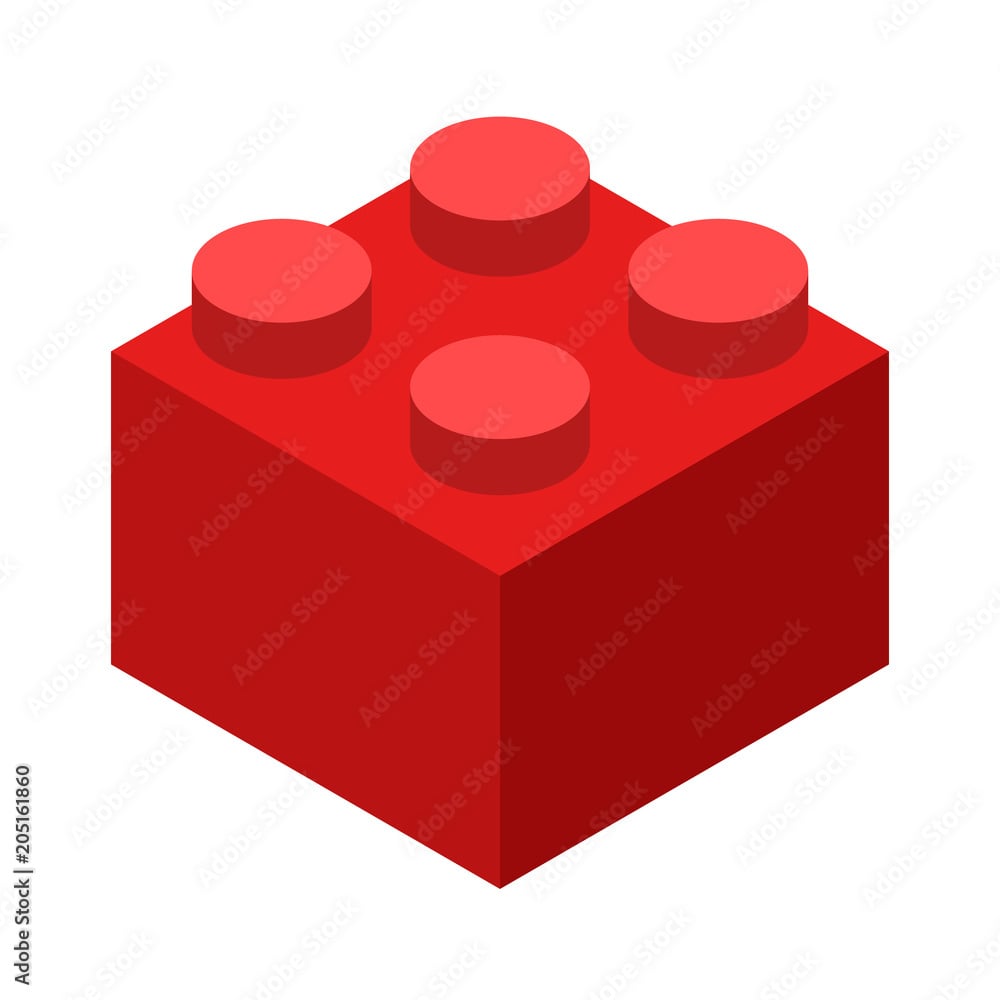In addition to the other solid recommendations I would like to add Bricks and Minifigs stores.
- 1 Post
- 3 Comments
In the enterprise, we use a radius server to provide authentication and some kind of wireless LAN controller to make smooth transitions between access points. So instead of having to authenticate each time you connect to a new access point (which can take several seconds) you get passed to the next and this happens in milliseconds. Also each access point has an Ethernet connection back to the LAN.
So the problems with consumer Wi-Fi that mesh systems aim to fix. 1. Ease of use. 2. House size and signal loss. 3. Lack of cabling.
Starting with the last point:
Three. Mesh nodes usually speak to each other over WiFi vs having to have Ethernet connections. This is what the word “mesh” means. This also means they can essentially be placed anywhere in a house that best suits the need or design aesthetic.
Two. A single node home router is ok for about a 1500sqft house. 2000 to 3000 you will need 2 or maybe a 3rd node. Also, a 1500sqft ranch style house with a single router on one end will not provide enough signal at the other end of the house. The things we make our houses out of are very good at absorbing WiFi (wood, Sheetrock, masonry) or reflect WiFi (metal ducting, sheathing and even giant TVs).
One. For most people, getting a premade kit, they take home, follow really simple instructions with very few steps and it just works is great. Literally they just work and they do what they advertise.
For your parents, why would you give them openWRT? Better to just let them use the tplink deco as is, they would never know the difference.



Ty!